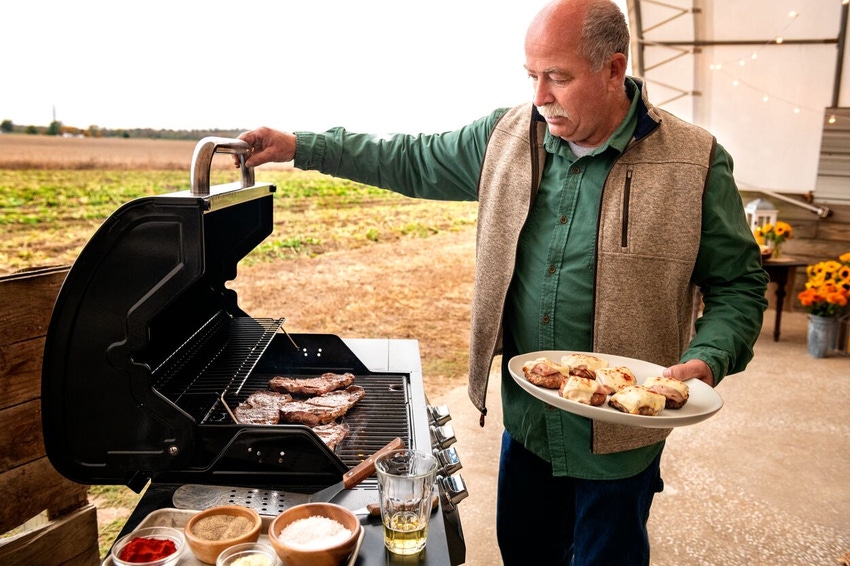Pork consumption continues to disappoint
RaboResarch analysts expect lower pork prices to help stabilize pork consumption over the grilling season.

Despite some reprieve in feed costs, pork producers are currently losing $28 per head on open market hogs. Based on anticipated producer response to weaker returns and the farrowing intentions detailed in the latest USDA Hogs and Pigs report, RaboResearch analysts expect tighter hog supplies beginning late fourth quarter, into early 2024.
According to Rabobank's April North American Agribusiness Review, prices have dropped 20% from 2022 levels, with average weekly slaughter running above 2.4 million through March and year-to-date slaughter up 1.4% year-over-year.
"As the industry moves through the near-term bulge in heavy weight hog supplies indicated in the latest Hogs and Pigs report, we expect Q2 2023 slaughter levels to drop below year-ago, and prices to firm."
Lower consumption trends and larger-than-expected supplies of competing protein are also casting a shadow on pork prices. According to the report, "YTD pork cutout is 25% below year-ago levels as sharply lower belly prices (-55% YOY) continue to weigh on carcass values."
Loins, ribs and holiday hams have also fallen short in demand. While there has been a small drop in beef supplies, a surplus of chicken hit the market in the first quarter of the year.
"This softness has driven a 9% YOY increase in cold storage inventories, with a notable 42% YOY increase in bellies. We expect the gradual pass through of lower pork prices to help stabilize pork consumption over the grilling season."
As for exports, pork and pork variety meats were up 11% YOY to 219,729 metric tons, with values up more than 10%. China/Hong Kong (+24% YOY), Canada (+16% YOY) and Mexico (+3% YOY) accounted for the lion's share. Sales to Japan dipped 2% YOY, while South Korea took in 10% less U.S. pork YOY.
RaboResearch analysts estimate an overall 3% increase in U.S. exports in 2023, due to U.S. pork's low cost on global markets.
Since Easter, Mexican hog prices have fallen 30% YTD and 10% in the past week. RaboResearch analysts attribute the drop to sufficient supply, reduced packer demand, weaker consumption trends and steady imports pressuring the market. Rabobank expects "production growth to slow given the current supply imbalance," however elevated chicken prices could help stabilize prices.
About the Author(s)
You May Also Like





